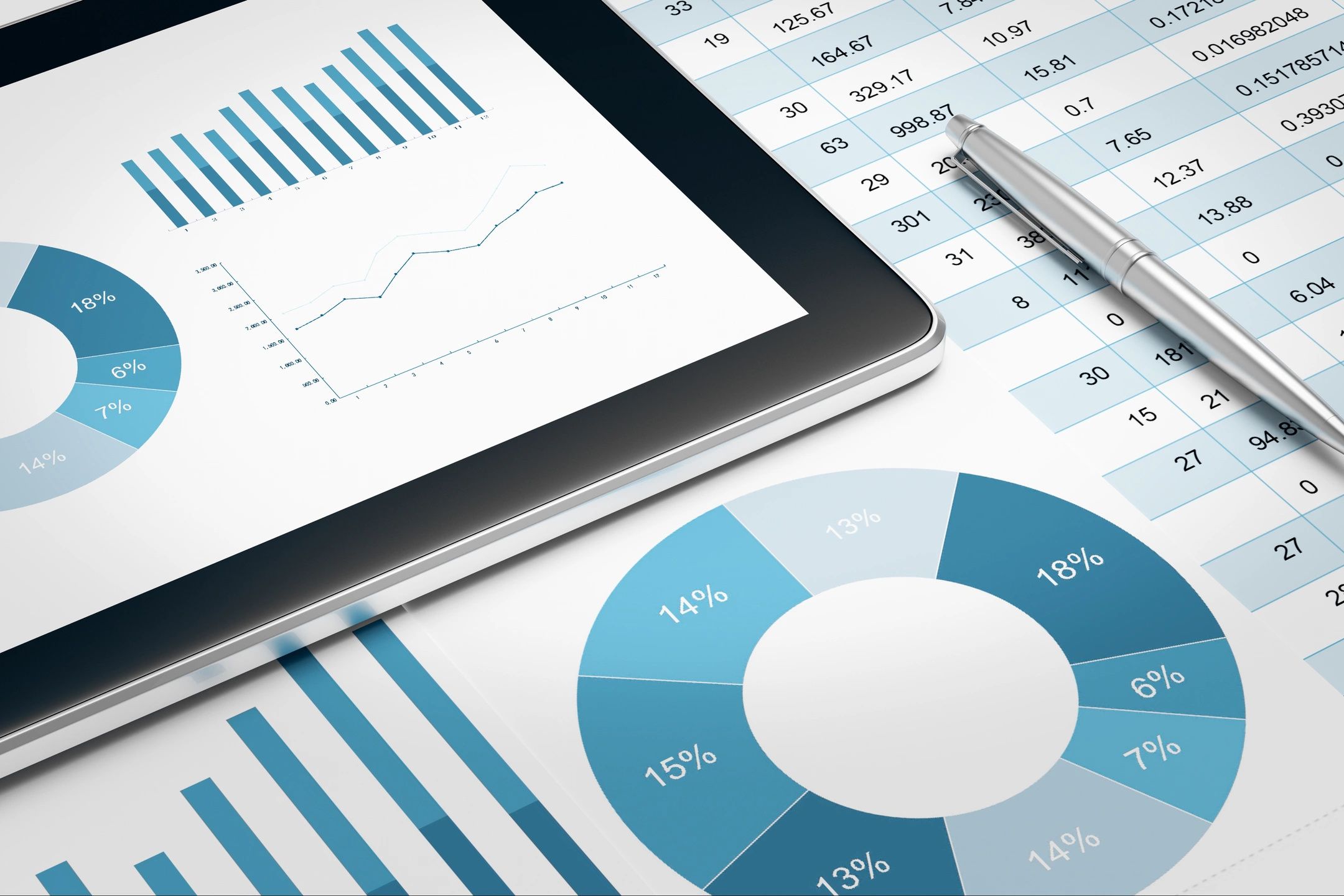A fund factsheet is the “nutritional information” of the investment fund, summing up the objectives, holdings, fees, risks, and performance of a mutual fund you might choose to invest in. I rarely meet an investor that reads the entire offering document or prospectus of most stocks or funds they buy, and even the “executive summary” 1-4 page fund factsheet may seem like “too much information” to most people. Although much of the disclosed information is important to disclose and be aware of, I wanted to list out here out 5 key points you should look for every time you see a fund factsheet for a product you are considering investing in.
#1: Fees
Although it can seem cheap to read menus from left to right, when shopping for investment funds, it often helps to start with the price. If the fund’s fees are above average for its category, it is worth asking what the fund is doing to justify charging the higher fees. Just as you might be willing to pay more for a meal at a restaurant with a more talented chef or with better-sourced ingredients, you might be willing to pay more for a fund that provides you better service or access to different assets. Too often though, I find funds with very similar investment portfolios and performance charging 10x as much or more when wrapped as a fund sold through a commission-based broker rather than a low-cost ETF anyone can buy on an exchange.
Of the top 10 funds on the “bestsellers” tab on the HSBC FundExpress main page, all have up-front initial charges of 3.00 – 5.25%, and all have annual management charges between 1.0 and 1.6%. These charges mean that every $100,000 in one of these funds would cost up to $5,250 in up-front sales charges and $1,600 per year in management charges. This would seem especially high when compared with a low-cost ETFs that you could invest the same $100,000 in for as little as an $18 trading cost and a $90/year management fee. Fees are one of the main reasons I prefer ETFs to mutual funds, but up-front fees should be especially worrying to anyone concerned that an advisor may be selling a fund based on what is good for the advisor, rather than what is good for the investor (a key reason we are fee-only).
The below one-pager is the HSBC FundExpress page of the JPMorgan Asia Equity Dividend fund, which was one of the “bestseller” funds.

#2: Fund Holdings
After looking at fees, the next thing I look for on a fund factsheet are the fund’s holdings, at least the top 10 holdings. This helps me understand whether the fund owns the same assets I hold elsewhere in my other funds (or in funds I can buy much more cheaply), or if I am actually getting access to new assets or sources of return. In the above example, over 1/3 of the above fund’s assets are in 10 large Asian stocks I can very easily buy on my own, or in other cheaper funds, so at this point I can already see that this fund costs way too much for way too little benefit.
#3: Name and description
Although I suggested looking at fees and holdings first, with practice you can guess these and far more about a fund just from the fund’s name and how it words its description. Funds with the word “index” are generally (but not always) passive and low cost, those with the word “dividend” tend to buy stocks with high dividend yields, while “growth” funds tend to own lower yielding stocks of companies the manager hopes will be much bigger in the future. The name will also often indicate if the fund has any geographic focus (e.g. China vs Asia vs Global), and if it is a non-US fund, the currency it is denominated in, and whether it distributes or accumulates income.
#4: Risk return metrics
Past performance is often the first thing many fund buyers look at when buying a fund, and I won’t say past performance is unimportant, but I will say it’s important to put past performance in context. A fund that went up 10% in 2017 would have been a great fund if it were mostly invested in USD bonds (which were mostly flat that year), but probably a pretty poor fund if it was 100% invested in Hong Kong stocks (in a year the Hang Seng was up 37%). In both cases, it is important to measure returns against risk, of which “standard deviation” is just one common measure. A fund that earns the same return with less risk is just as much an improvement as earning a higher return with the same risk.
#5: Other supporting documents
Although there is still plenty more than these first few points than can be written on even one page, the #5 circle above is where FundExpress provides links to other supporting documents, including the PDF factsheet (which has the fund’s ISIN and other codes), full offering document, etc. Here is where you can look up information that may be important to your situation, such as tax information, background of the management, differences between share classes, etc.
Just as important as the five points I listed above are reasons you may point out about all the important points on the fact sheet that didn’t make my top 5.
Questions about funds? I look forward to hearing from you.

